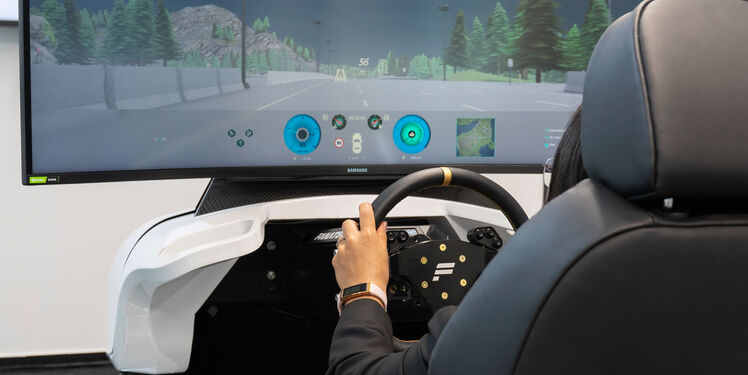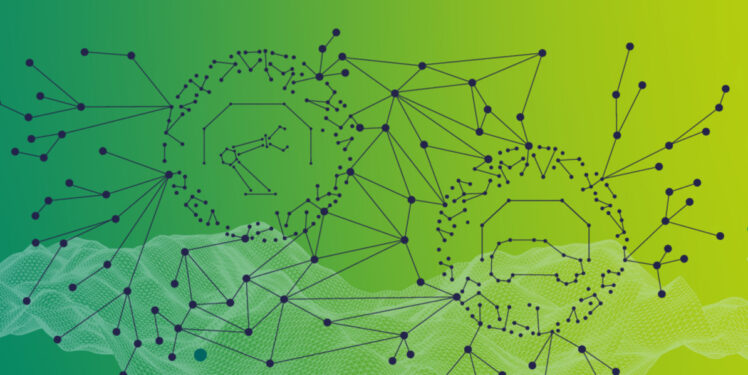FERAL testbed: Implementation of an infotainment system for validation and testing
The evolution of vehicle infotainment systems has dramatically enhanced the driving experience. This is achieved by incorporating advanced functionalities such as navigation, multimedia, and connectivity options. Therefore, meticulous testing is crucial to ensure the reliability and functionality of these sophisticated…


